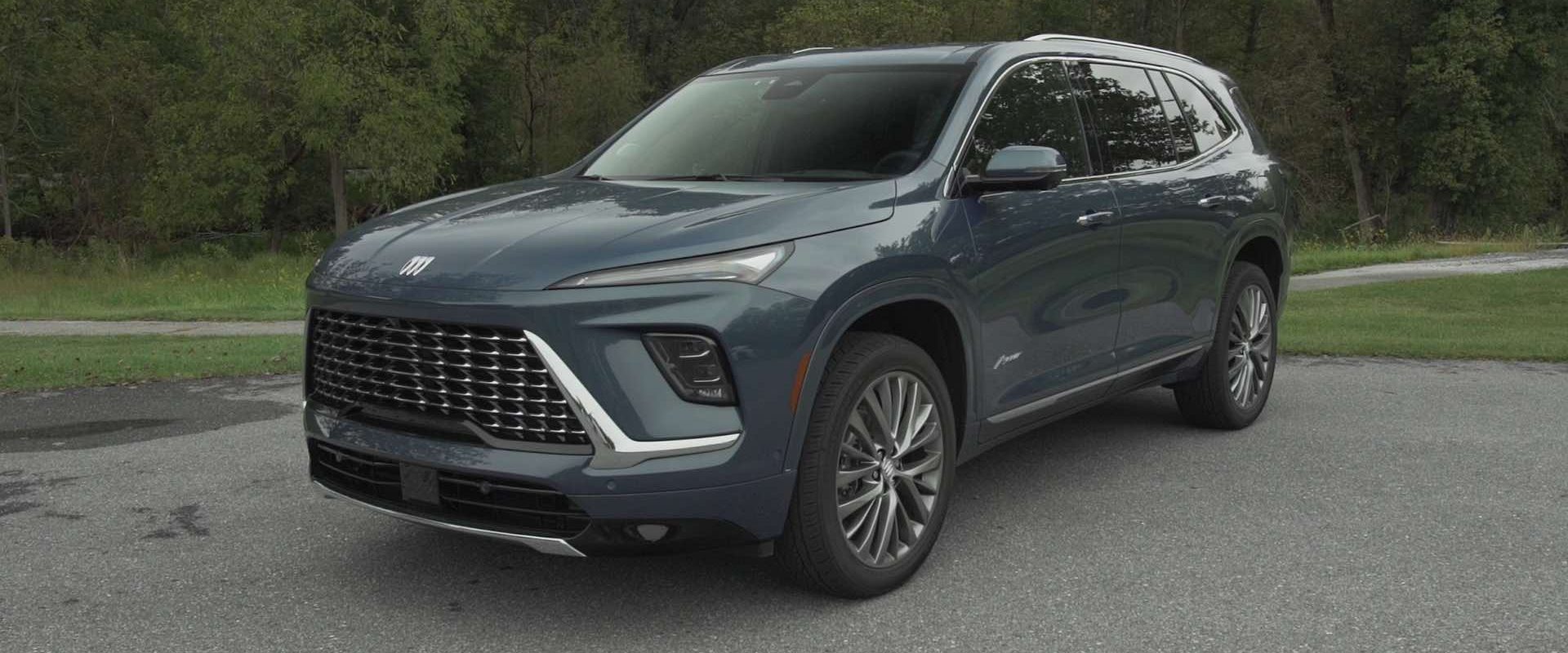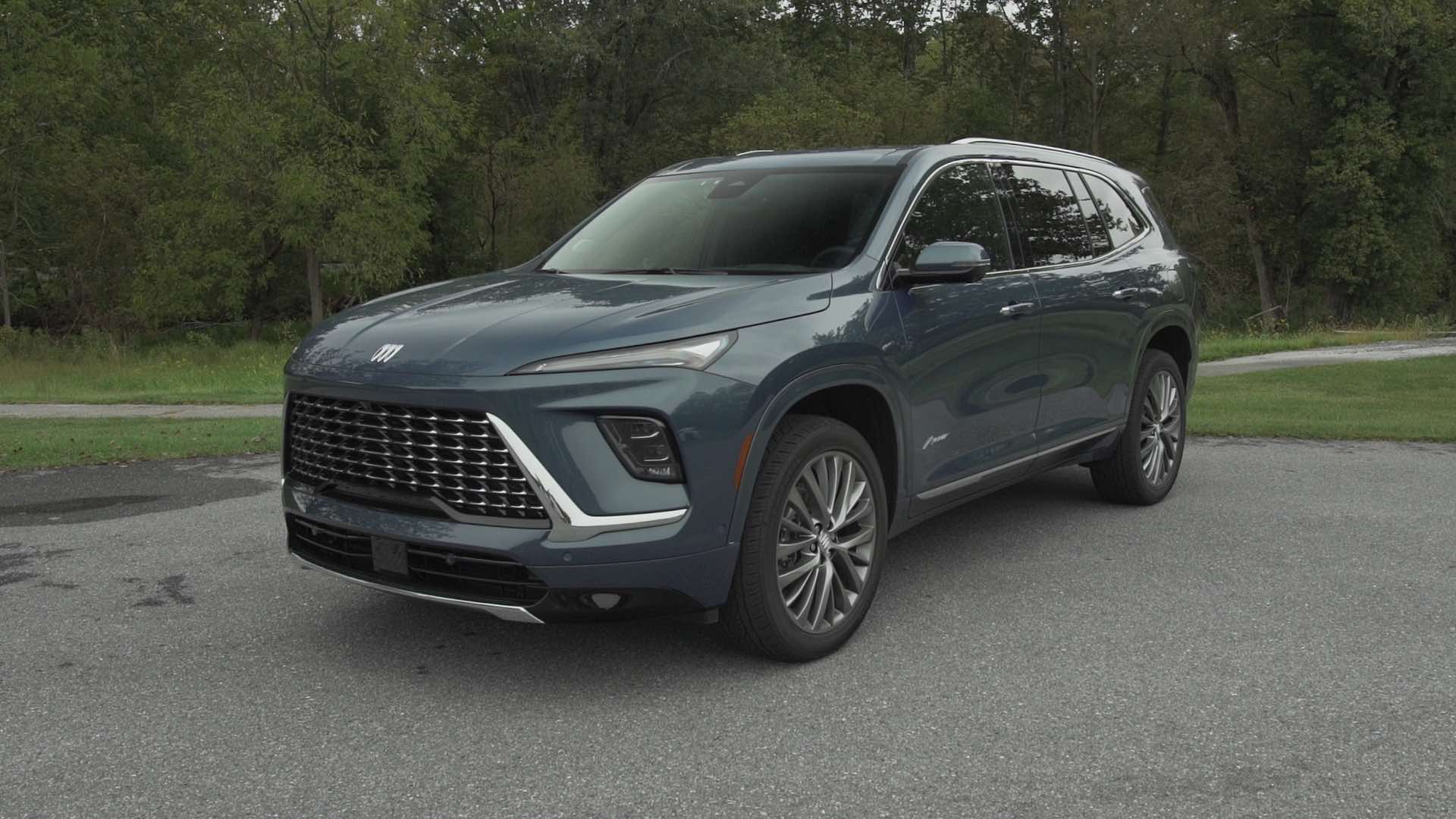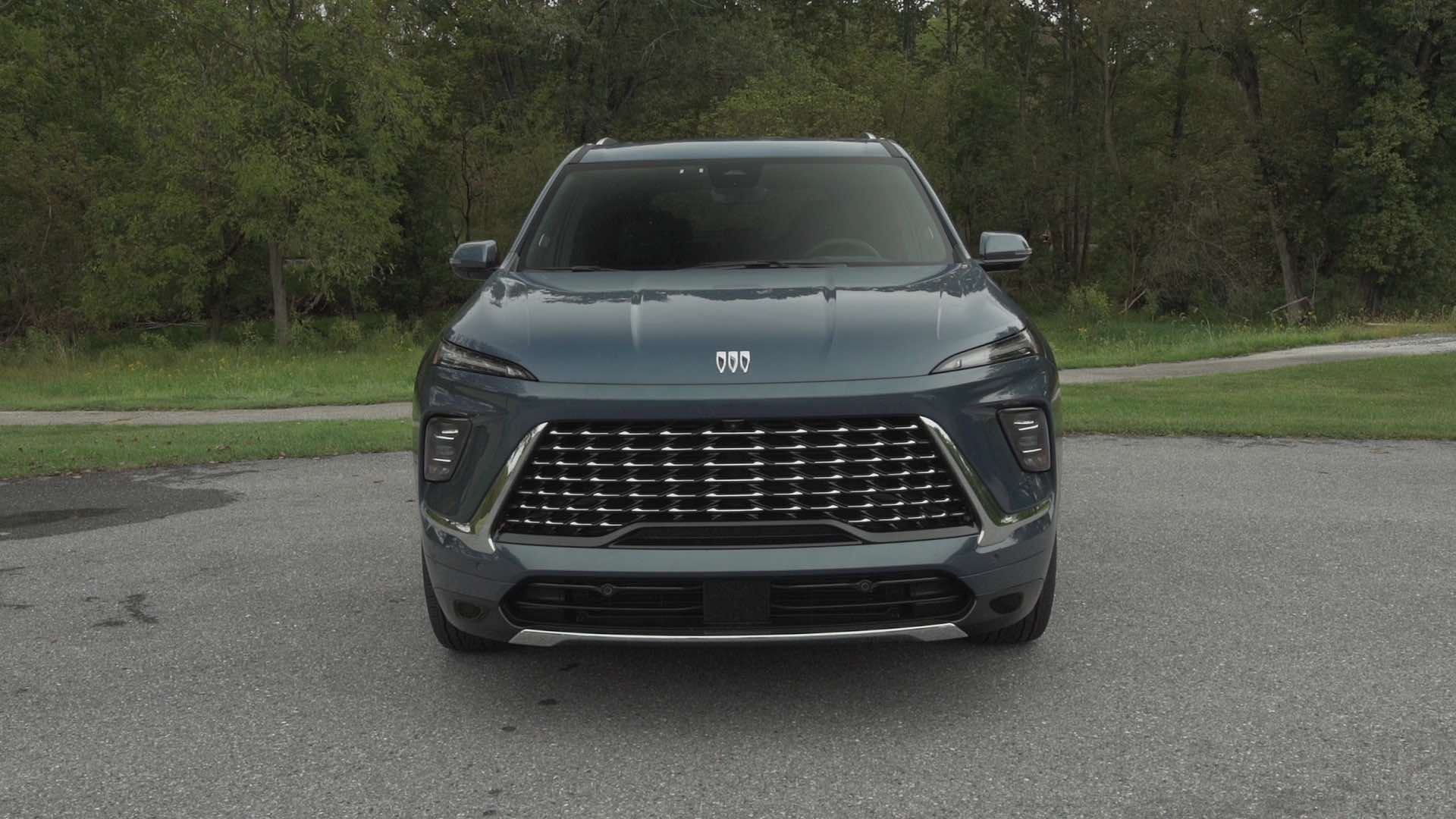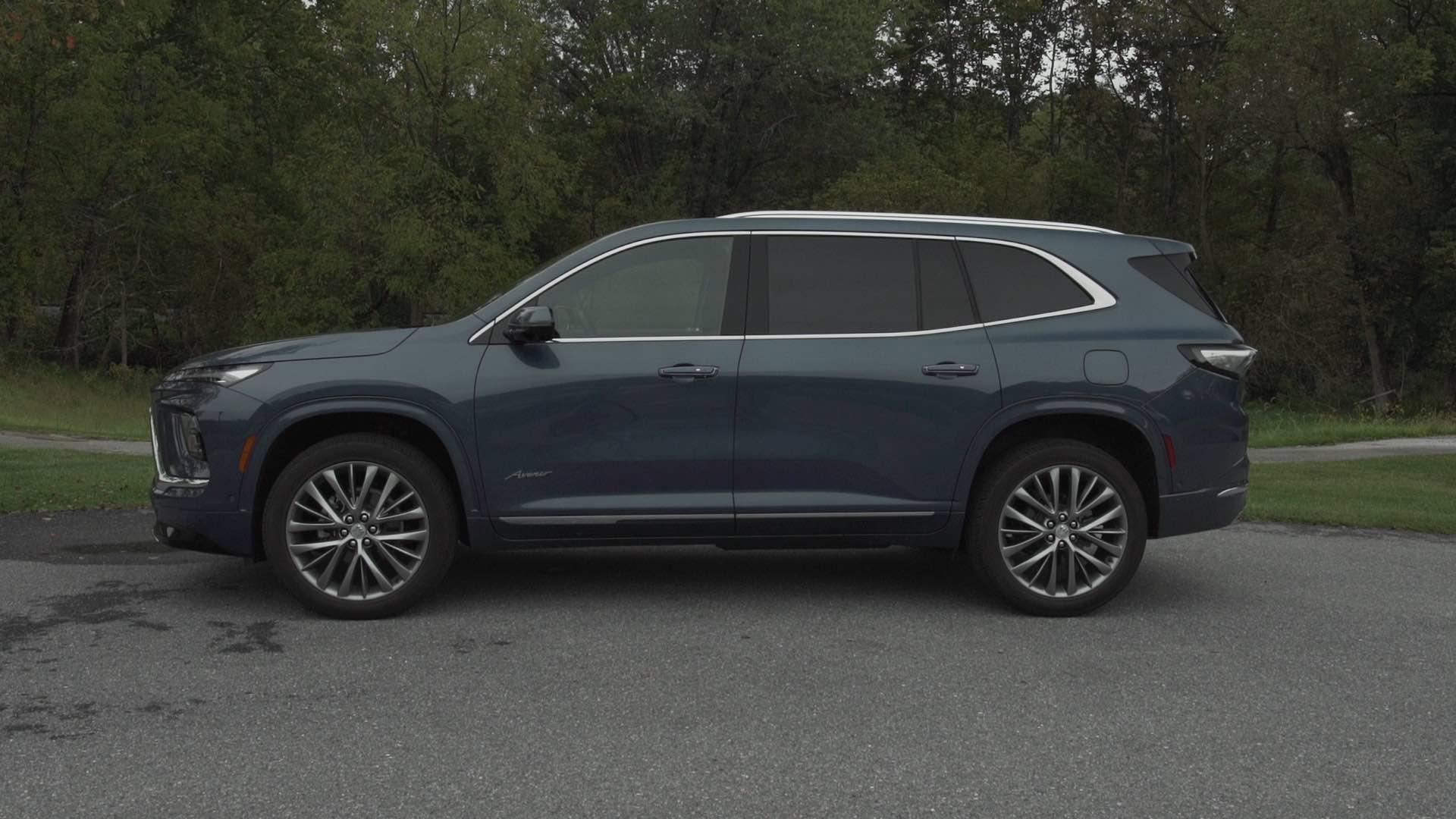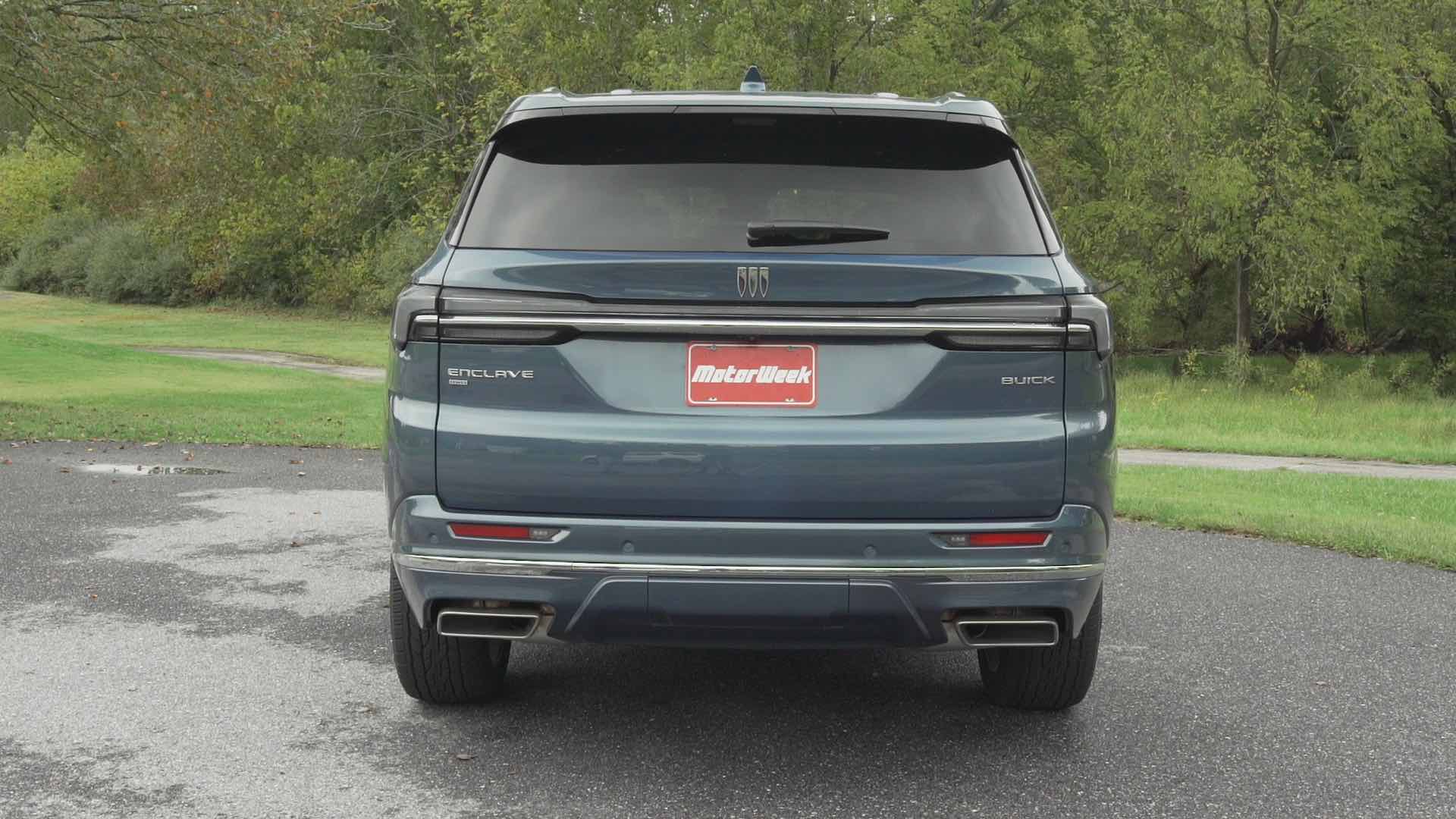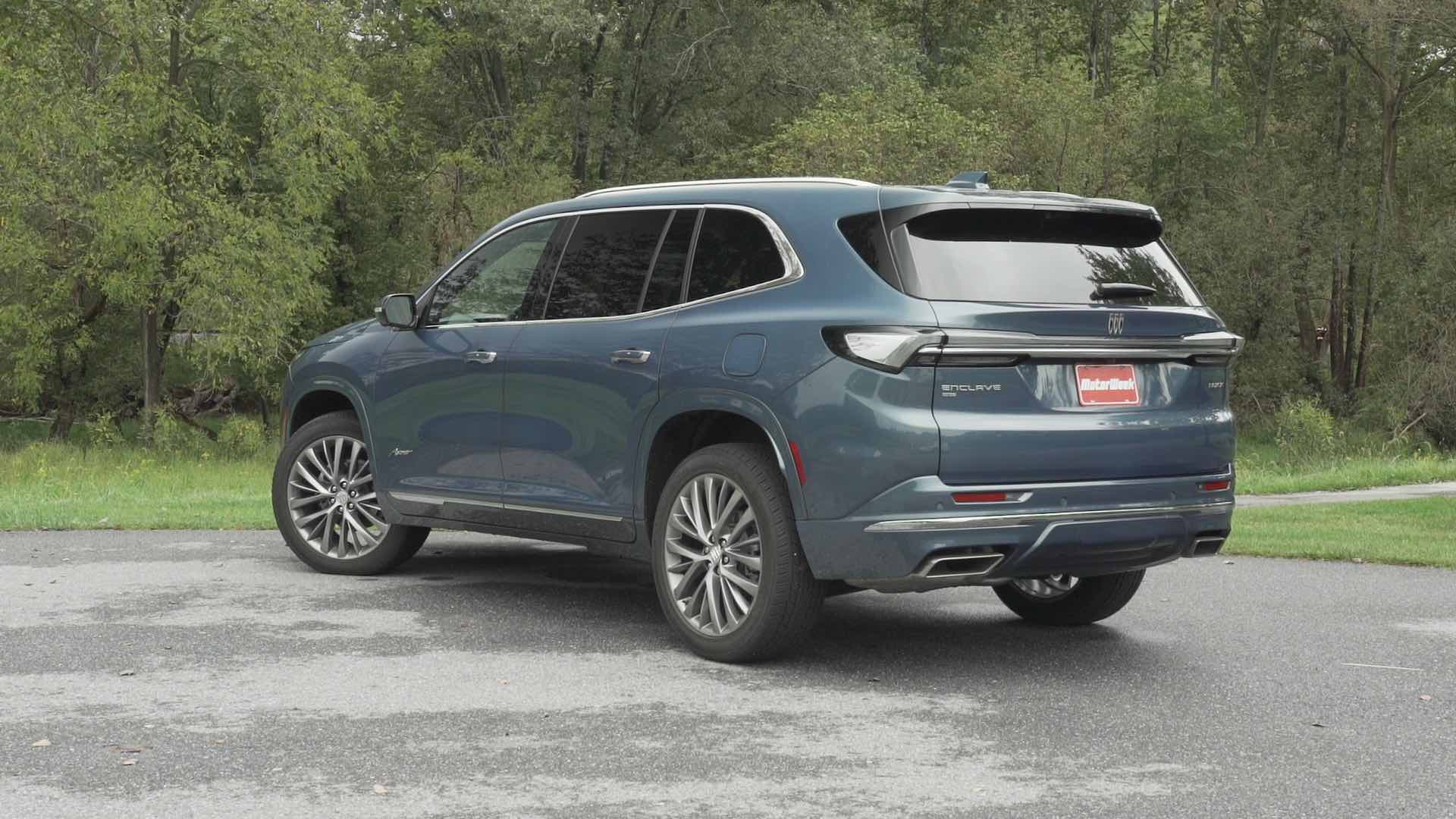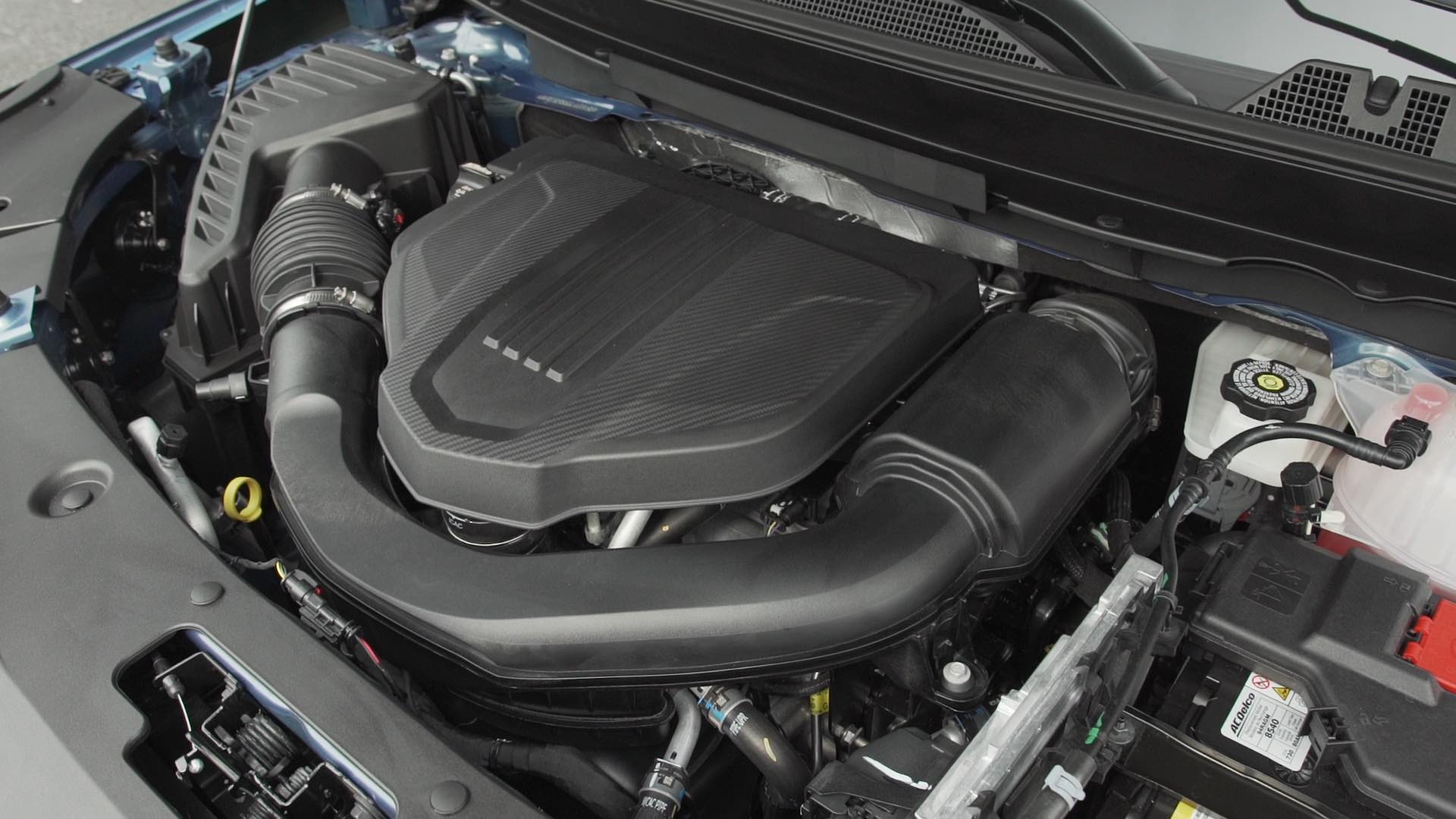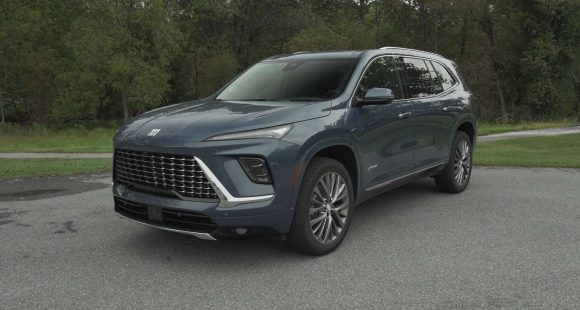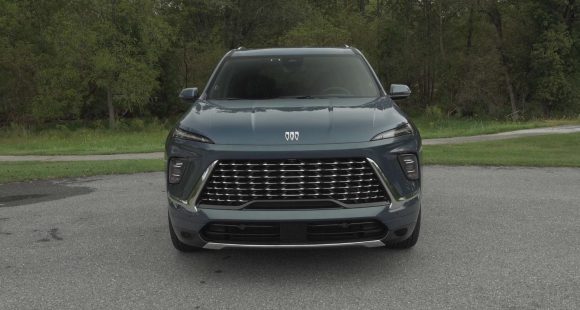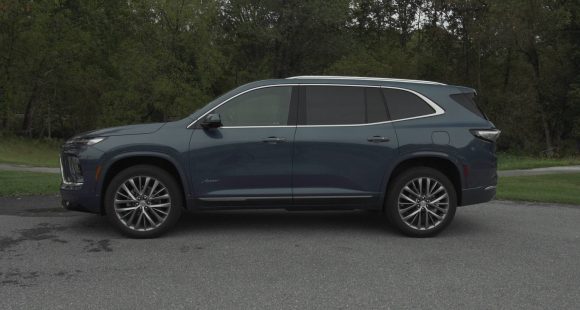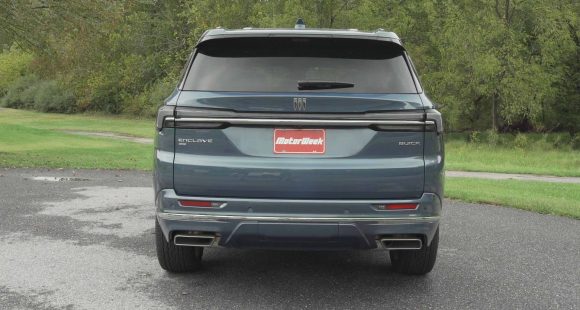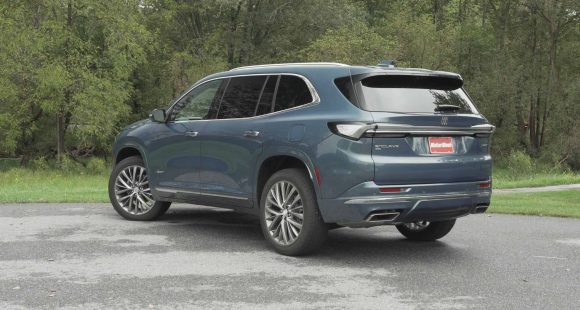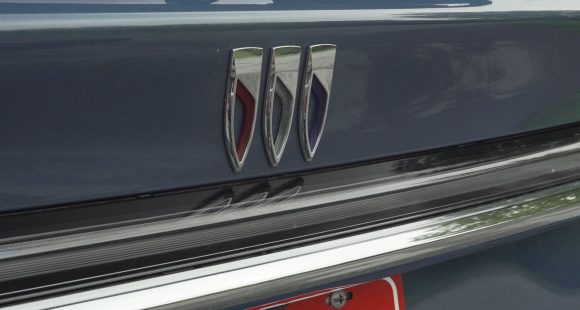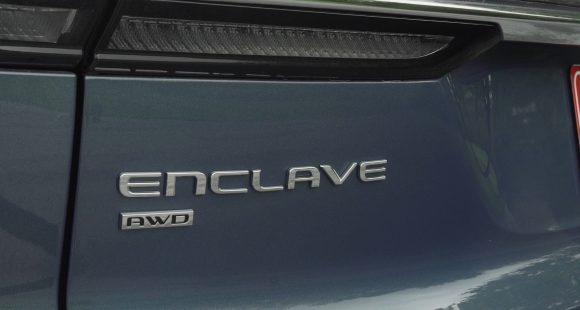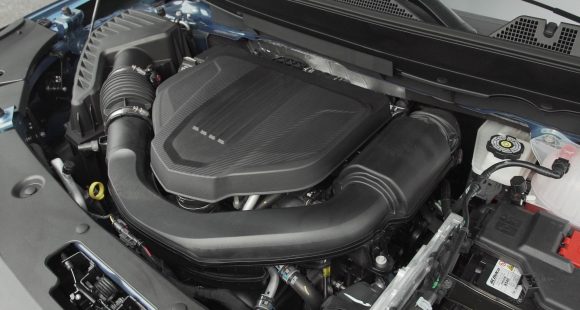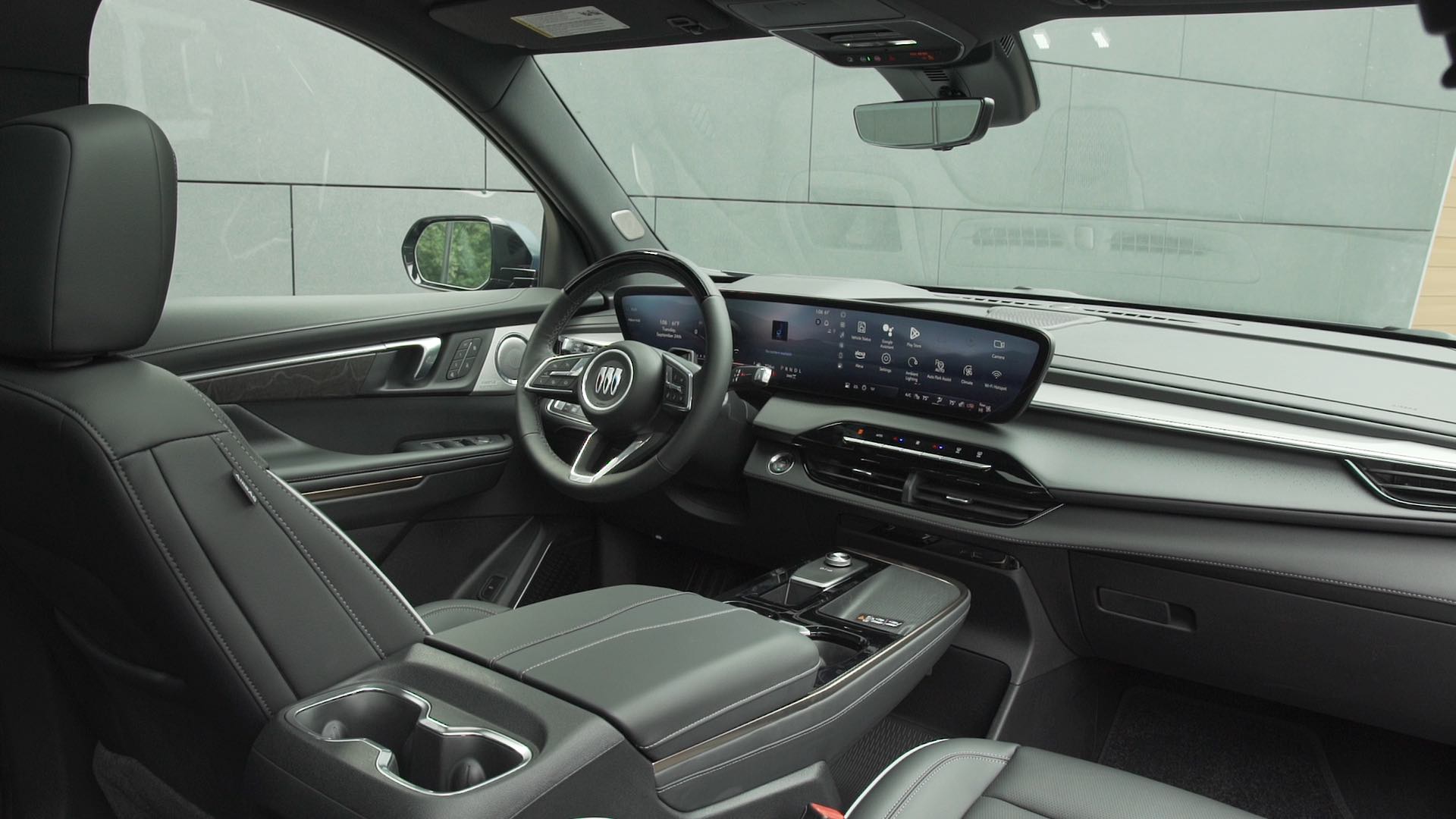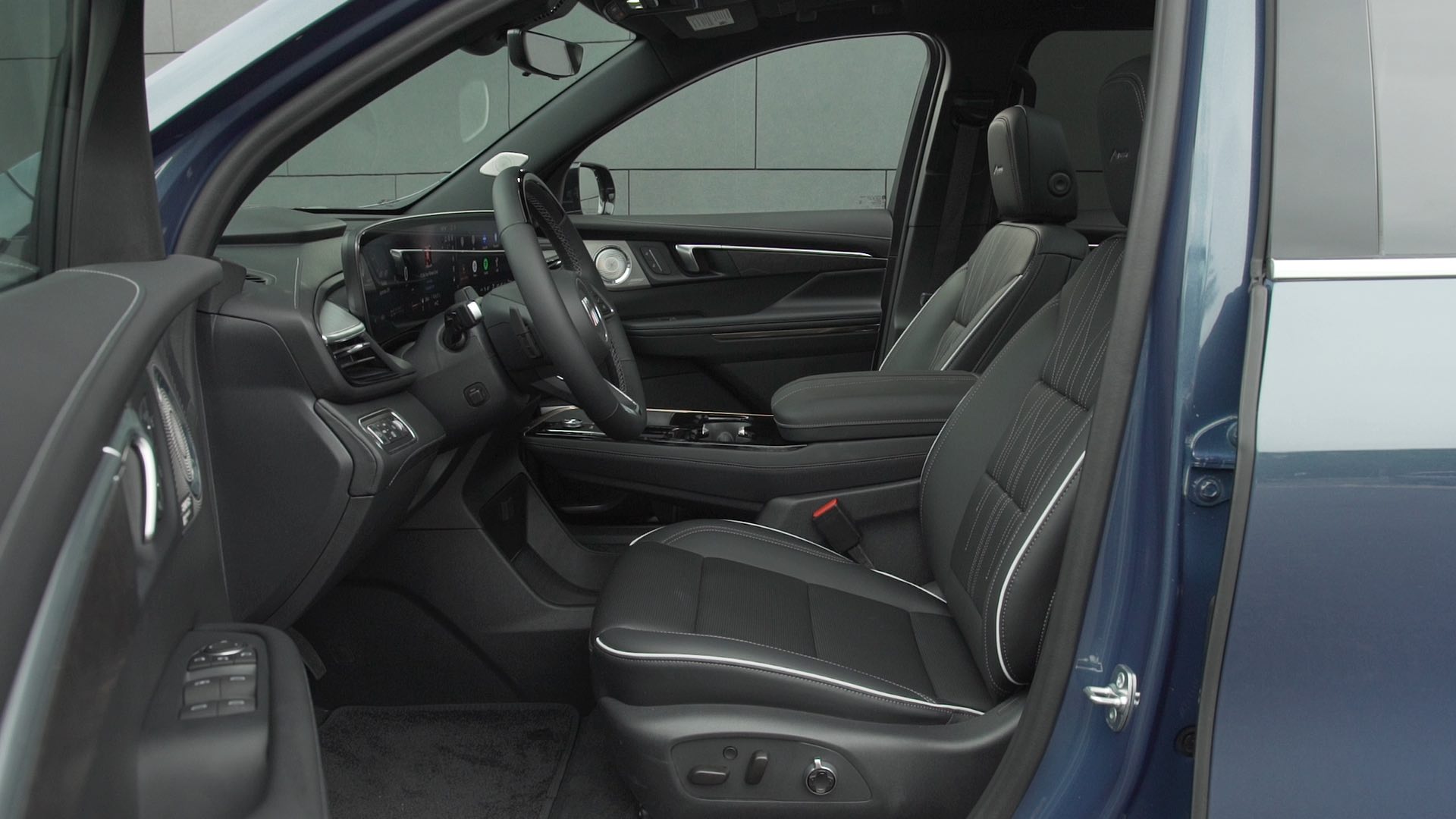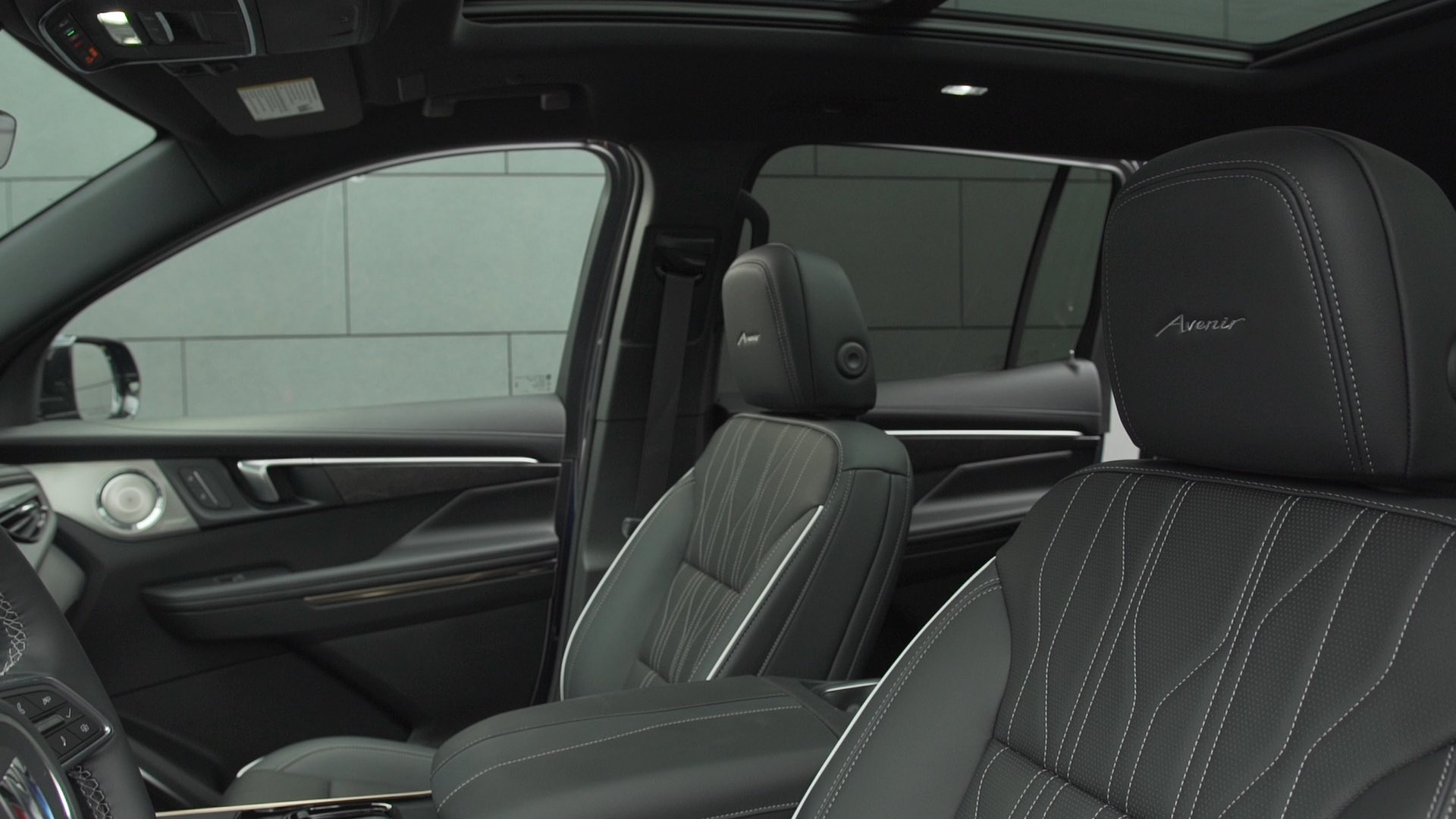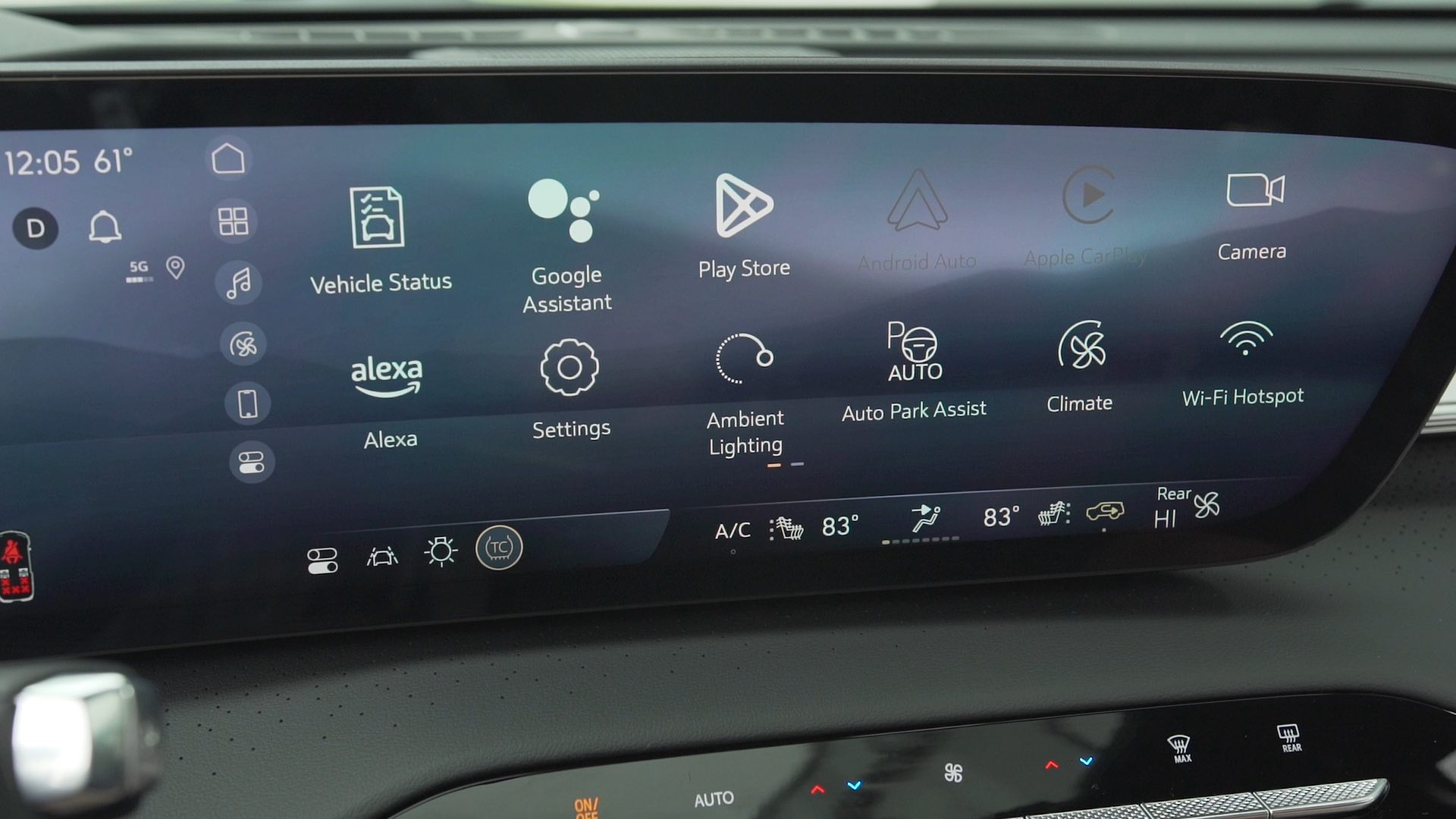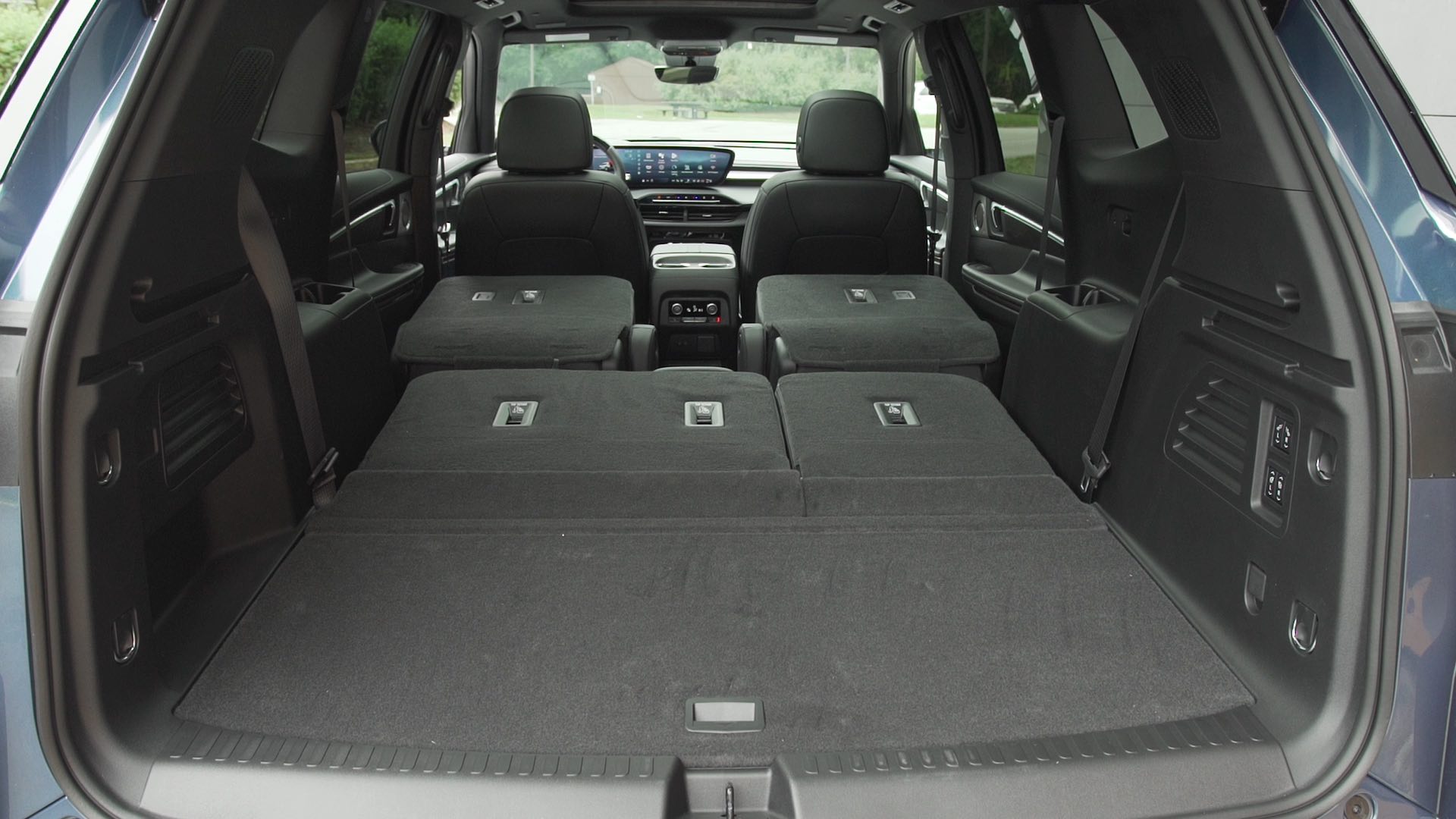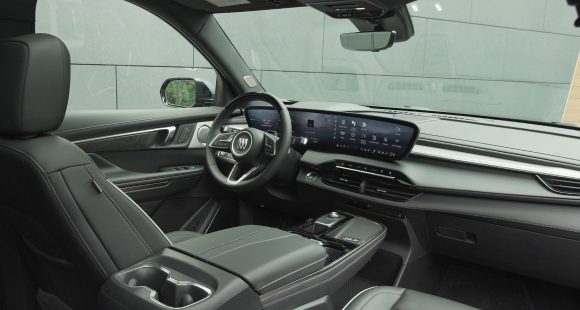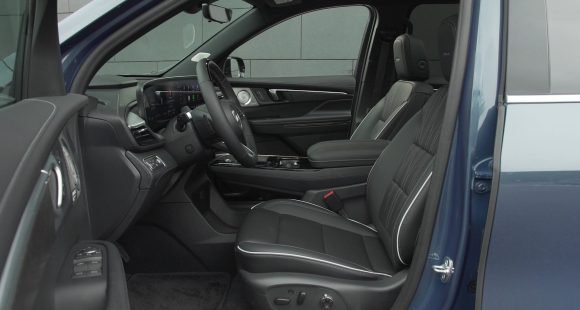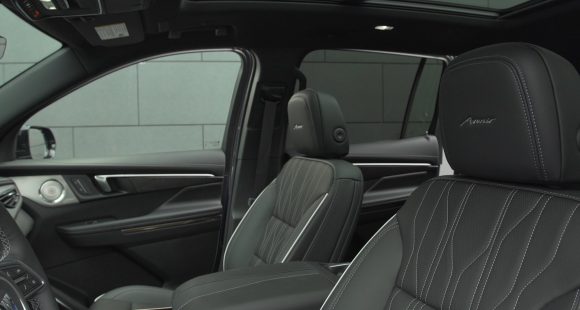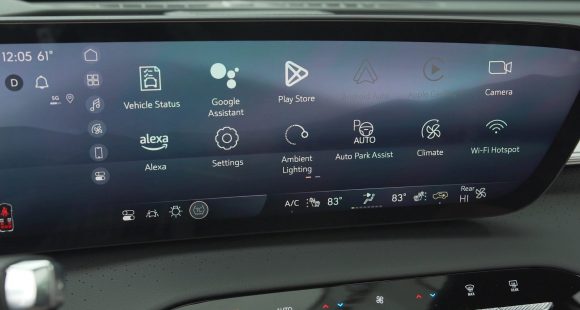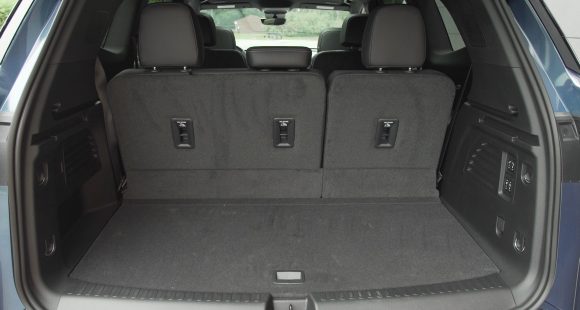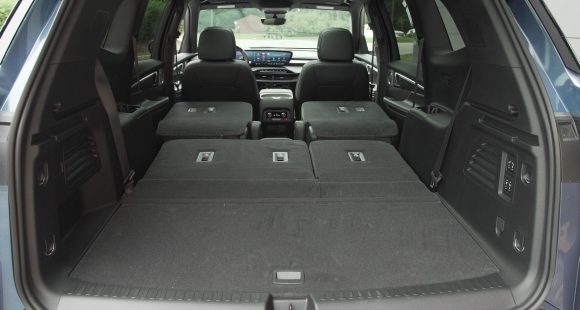2016 Acura ILX
When the Acura ILX arrived for 2013, even we had a hard time not dwelling too much on its civic-minded origins. Fortunately for Acura, the ILX did appeal to buyers; more importantly, to that holy grail of demographics, elusive younger buyers. So, let’s see if that group might find a new ILX even more appealing.
While the 2016 Acura ILX is not all-new, as far as mid-cycle re-freshing goes, this one is quite thorough.
Now assembled in Honda’s Marysville, Ohio plant right alongside the recently introduced mid-size TLX. And, much like it, the compact ILX takes the majority of its design cues from Acura’s flagship RLX, yet also adds enough sporty elements to keep those 20 and 30-somethings interested.
So understandably Acura’s Jewel-Eye headlights are now standard; as well as an aggressive looking front fascia with large air intakes down below.
ILX wheelbase is unchanged at 105.1-inches, as are most exterior dimensions, save for overall length which grows by almost 3-inches. A-SPEC trim adds a rear spoiler, sweet-looking 10-spoke 18-inch machined-finished alloy wheels with 225/40 tires, fog lights, and some tacked-on rocker trim.
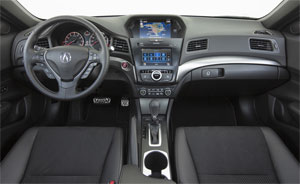 Inside, it augments the seats with Luxe-suede coverings, and adds sport pedals to what has become a very roomy and increasingly premium feeling interior. Other highlights include adopting the familiar Honda/Acura dual screen center stack, and making a multitude of additional AcuraWatch radar and camera-based safety systems, like Collision Mitigation and Lane Keeping, available.
Inside, it augments the seats with Luxe-suede coverings, and adds sport pedals to what has become a very roomy and increasingly premium feeling interior. Other highlights include adopting the familiar Honda/Acura dual screen center stack, and making a multitude of additional AcuraWatch radar and camera-based safety systems, like Collision Mitigation and Lane Keeping, available.
Push button ignition and a Multi-View rear camera are standard. The Tech Plus package adds navigation with AcuraLink, as well as a color Multi-Information Display in the sporty looking gauge panel and 415-watt ELS premium audio with 10-speakers.
The front seating area is indeed spacious, and surprisingly luxurious in feel; very reminiscent of the TLX and RLX. The seats are quite comfortable in back as well; but head and knee room are both insufficient for full-size adults. Cargo space is unchanged at 12.3 cubic-ft. and the area is well-finished.
A folding rear seatback is standard, but it’s a single piece, not split; and the only release is located in the trunk. It’s probably the only remaining real reminder of this ride’s economy car roots.
Perhaps because of the shorter attention span of all of those younger buyers, engine options have been simplified; with now just a 2.4-liter I4 available. The direct-injected piece outputs 201–horsepower and 180 lb-ft. of torque. Gone, are the base 2.0-liter I4 and, at least for now, the ILX Hybrid.
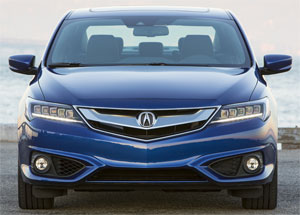 Attached to the 2.4 is an 8-speed DCT, but unlike most dual-clutch units; there’s a slushbox-style torque converter to maintain the feel of a traditional automatic, particularly when accelerating from a stop.
Attached to the 2.4 is an 8-speed DCT, but unlike most dual-clutch units; there’s a slushbox-style torque converter to maintain the feel of a traditional automatic, particularly when accelerating from a stop.
Most of our drivers had good things to say about the trans, and the overall surprisingly sporty driving experience as well; though like many 8-speeds, it can at times be in a hurry to find higher gears.
Of course you can learn a lot more about a car on the track, and here we were equally impressed with how nicely the ILX handled our slalom test. Accurate turn-ins without a peep of understeer, and a well-balanced chassis had us scooting through the cones with ease.
The body structure has been stiffened; and the MacPherson strut front, multi-link rear suspension re-tuned.
But, there’s not really enough power to get you into too much trouble; as we found out when doing straight-line runs.
It took us a leisurely - for a sporty sedan - 7.1-seconds to hit 60, and 14.7 to finish out the ¼ at 93 miles-per-hour. There was zero torque steer at launch, and not a lot of grunt either. But the engine does rev quickly, and like most 4’s pulls strongest in the upper rev ranges. Shifts were quick and firm.
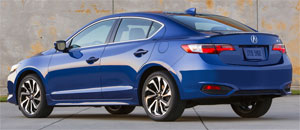 Braking from 60 averaged a good 121-feet. Stability was excellent and fade minimal.
Braking from 60 averaged a good 121-feet. Stability was excellent and fade minimal.
Government Fuel Economy Ratings are 25-City, 36-Highway, and 29-Combined. We averaged a very good 31.6 miles-per-gallon on Premium fuel. So, the Energy Impact Score is much better than average with 11.4-barrels of oil ingested yearly, while expelling 5.0-tons of CO2.
Pricing for the ILX starts at a very sensible $28,820. And even the top line A-SPECs starts at just $35,810.
It’s an unfortunate truism that the more successful you become, the harder it is to become more successful. But we think Acura is certainly heading in a great direction now. And injecting the 2016 Acura ILX with both more performance and more prestige will ensure that it not only stays appealing to those hip, young trendsetters, but it will become a whole lot more appealing to a broader spectrum of sport-luxury sedan buyers.
Specifications
- Engine: 2.4 liter
- Horsepower: 201
- Torque: 180 lb-ft.
- 0-60 mph: 7.1 seconds
- 1/4 mile: 14.7 seconds @ 93 mph
- EPA: 25 mpg city/ 36 mpg highway
- Energy Impact: 11.4 barrels of oil/yr
- CO2 Emissions: 5.0 tons/yr
2025 Buick Enclave
Buick’s Biggest Utility Gets More Premium Look, Less Premium Powertrain
Buick is now an all SUV brand with the three-row Enclave sitting at the top of their lineup. And for this all-new third generation, it looks like Buick has finally given it the true flagship treatment it deserves. Reason enough for us to see what else new this posh performer has in store.
Don’t think of this 2025 Buick Enclave as just a new third generation of Buick’s largest three-row SUV, but more of a total reboot for a luxury segment pioneer. Part of that reinvention is swapping out the 3.6-liter naturally aspirated V6 engine, that has been the heart of this large crossover since it arrived on the scene for 2008, for a new 2.5-liter turbocharged four-cylinder.
Though using two fewer cylinders, it rates 18 more horsepower at 328. The gain in torque is even greater, climbing from 266 to 326 lb-ft.
Power from a start and when tooling around town feels pretty good, but you do notice that engine working hard under the hood; there is more engine noise and it’s not as smooth as many competitors who have also made the switch to turbo-four power. Max towing rating remains at 5,000 lbs. The new standard automatic transmission loses a gear, dropping from nine to eight, a simplifying move we applaud. All-wheel drive is a $2,000 option with all trims.
The Enclave rides on the same front-wheel-drive based chassis that supports the Chevrolet Traverse and GMC Acadia. It remains the most luxurious of the three, though all have made big upward strides. And that luxurious feel is very evident inside where things appear special without flaunting it. Materials are vastly improved over the last gen, especially in top Avenir trim which is the choice for most Enclave buyers.
Front seats are very comfy, well suited for long days of highway travel. It’s hard to miss the 30-inch ultra-wide display, similar to Cadillac’s. It is big, but not intimidating as operation is very logical and you can easily configure things as you want them, including bringing the nav screen up full in front of the driver.
Front seats are very comfy, well suited for long days of highway travel.
Between the seats is a very substantial console with lots of storage space and standard wireless phone charging. There is definitely room for full-size adults in all three rows of seating. Big, plush captain’s chairs with all trims for the second row; and a less plush but still comfortable three-place third row.
GM’s Super Cruise has now made it to Buick’s lineup, available as a standalone package for any trim. It remains a favorite of ours for hands-off highway cruising. Despite feeling adequately powered on the street, the Enclave’s turbo-four felt a little out of its element at our Mason Dixon Dragway test track. There was very little jump off the line, just a slow wind up to 60 of 8.0 seconds, with the quarter-mile completed in 16.0 seconds flat at 92 mph.
We could really feel the Enclave’s weight in our handling course, about 150-lbs. over last year, even with less motor under the hood. But there was very little body roll, and no excessive oversteer or understeer. In panic braking runs, there was good feel through the pedal, and solid stops from 60 averaging a fine 111 feet.
To all of our eyes, the Enclave is bigger yet much better looking than before. Now more sophisticated using Buick’s PURE philosophy which emphasizes Purity in design, Unexpected details, Refined finishes, and Exceptional execution.
With all-wheel drive, Government Fuel Economy Ratings are 19 City, 24 Highway, and 21 Combined; we managed a great 24.9 mpg of Regular. That’s a slightly below average Energy Impact Score, consuming 14.2 barrels of oil yearly, with 7.0 tons of CO2 emissions.
No more Essence or Premium Enclaves, as the new gen brings new trim names along with it; the base option now being Preferred which starts at $46,395, and unless you choose white, you’ll be paying extra for all exterior colors. Just a short step from there to the Sport Touring for $48,795, and then a much bigger bounce up to Avenir at $59,395.
With so many big utes now aimed at luxury and near luxury buyers, it’s getting harder and harder for Buick to stand out. Being an all-utility brand, with one of the freshest lineups in the industry, will no doubt help. The 2025 Buick Enclave is a very stylish, well-equipped, well executed large three-row crossover that’s priced right.
Specifications
As Tested
- Engine: 2.5-liter turbo-4
- Transmission: 8-speed automatic
- Horsepower: 328
- Torque: 326 lb-ft.
- EPA: 19 City | 24 Highway | 21 Combined
- 0-60 mph: 8.0 seconds
- 1/4 Mile: 16.0 seconds at 92 mph
- Braking, 60-0 (avg.): 111 feet
- MW Fuel Economy: 24.9 mpg (Regular)







